The Maha Kumbh Mela 2025, one of the world’s largest spiritual festivals, has started in Prayagraj, Uttar Pradesh, at the sacred confluence of the Ganga, Yamuna, and mythical Saraswati rivers. This event, celebrated every 12 years, holds immense religious, cultural, and historical importance, drawing millions of pilgrims, saints, and tourists from around the globe.
A key ritual is the Snan (holy bath) in the Sangam, believed to purify the soul and wash away sins, offering spiritual liberation. The festival also showcases colorful processions, devotional music, spiritual discourses, and a vibrant display of Indian culture and heritage. The Maha Kumbh Mela is more than a religious event; it is a remarkable experience of unity, tradition, and spirituality. Prayagraj has truly transformed into a hub of divine energy, offering an unforgettable journey for all who partake in this timeless festival.
What is the Kumbh Mela?
The Kumbh Mela is a Hindu festival that rotates between four sacred locations—Prayagraj (Allahabad), Haridwar, Ujjain, and Nashik—every 12 years. The Maha Kumbh Mela, the most auspicious of all, occurs every 12th cycle, or 144 years, in Prayagraj. This celestial event is aligned with specific planetary positions, particularly when Jupiter (Brihaspati) enters Aquarius (Kumbh) and the Sun enters Aries.
Significance of Maha Kumbh Mela
The festival finds its roots in Hindu mythology. According to the legend of the “Samudra Manthan” (churning of the ocean), the gods and demons churned the ocean to obtain amrit (nectar of immortality). During this cosmic event, a few drops of nectar fell at the four aforementioned locations, making them sacred. Taking a holy dip in these waters during the Kumbh Mela is believed to cleanse one’s sins and lead to salvation (moksha).
Key Highlights of Maha Kumbh Mela 2025
Dates and Duration of Maha Kumbh Mela 2025
The Mahakumbh Mela 2025 began on 13th January 2025 (Paush Purnima Snan) and will conclude on 26th February 2025 (Maha Shivratri), aligning with these significant dates. These dates are aligned with astrological calculations, and the main bathing days, known as “Shahi Snan,” are especially significant.
Important Bathing Dates of Maha Kumbh Mela 2025
- January 13, 2025: Paush Purnima Snan – Marks the opening of the Maha Kumbh Mela. On this day, devotees prepare spiritually by taking a holy dip that symbolizes purification and the start of their sacred journey.
- January 14, 2025: Makar Sankranti Snan – The first Shahi Snan. It occurs when the Sun enters Capricorn, representing a transition to a new spiritual phase. This day is believed to bring renewal and blessings.
- January 29, 2025: Mauni Amavasya Snan – The second Shahi Snan and the most auspicious day of the event. It is a day of introspection, silence, and deep prayer. A holy dip on this day is said to bring immense spiritual benefits.
- February 3, 2025: Basant Panchami Snan – Devotees celebrate knowledge and wisdom by wearing yellow and taking dips in the holy waters, seeking divine enlightenment.
- February 12, 2025: Maghi Purnima – Dedicated to charity and prayers, this day signifies the completion of a lunar cycle, encouraging devotees to reflect on their spiritual progress.
- February 26, 2025: Maha Shivratri – The final bath of the Maha Kumbh Mela. Devotees honor Lord Shiva, seeking inner strength, clarity, and blessings as the festival concludes.
Important Rituals and Activities of Maha Kumbh Mela
- Holy Bathing: Pilgrims take dips in the Sangam (the confluence of the three rivers) to purify themselves and gain spiritual merit.
- Kalpavas: Devotees stay in makeshift tents near the Sangam, fasting, meditating, and dedicating their time to prayers.
- Sadhu Processions: Various Akharas (sects of ascetics) parade in colorful processions showcasing their spiritual and cultural practices.
- Cultural Programs: Art, music, and folk performances add vibrancy to the festival.
- Religious Discourses: Renowned spiritual leaders and scholars host discourses to inspire devotees.
Kumbh Mela Events
The Kumbh Mela has an extensive history. In recent years, the 2013 Maha Kumbh Mela in Prayagraj was one of the largest gatherings of humanity, followed by the 2016 Kumbh Mela in Ujjain along the Kshipra River and the 2019 Ardh Kumbh Mela in Prayagraj. The next events include the 2027 Kumbh Mela in Nashik on the banks of the Godavari River, the 2030 Kumbh Mela in Haridwar by the Ganga, and the 2033 Kumbh Mela in Ujjain. These cycles continue the sacred tradition, ensuring that millions worldwide reconnect with their spiritual roots.
Facilities and Arrangements In Maha Kumbh Mela
Given the enormous scale of the event, preparations for the Maha Kumbh Mela 2025 are unparalleled:
- Accommodations: Camps and tent cities with modern amenities are set up for millions of pilgrims.
- Transportation: Special trains and buses, along with improved road networks, ensure smooth travel.
- Sanitation: Eco-friendly toilets, clean drinking water stations, and waste management systems are deployed.
- Medical Facilities: Temporary hospitals and first-aid centers ensure immediate medical attention.
- Security: Thousands of police personnel, CCTV cameras, and drone surveillance ensure safety.
Tips for Visitors to Maha Kumbh Mela
- Plan Ahead: Book your accommodations and travel in advance as the rush is unprecedented.
- Dress Modestly: Respect the religious sentiments of the devotees.
- Carry Essentials: Keep a small bag with water, snacks, and emergency items.
- Follow Rules: Stick to designated bathing areas and heed instructions from authorities.
Beyond Spirituality: The Cultural Side of Maha Kumbh Mela
While the Maha Kumbh Mela is mainly a religious event, it also gives visitors a wonderful chance to experience India’s vibrant culture. Alongside the spiritual rituals, the festival offers deep wisdom from learned saints and a chance to learn about India’s rich traditions. The busy streets are filled with colorful stalls offering local foods, handmade crafts, traditional clothing, and spiritual books. Visitors can also enjoy cultural performances, music, and dance, making the atmosphere even more lively. The Maha Kumbh Mela is not just a spiritual journey, but also a cultural celebration, offering something for everyone.
Conclusion
The Maha Kumbh Mela 2025 is not just a festival but a transformative experience that connects people to their spiritual roots. Whether you are a believer, a seeker, or a curious traveler, this grand event offers an unparalleled opportunity to witness humanity’s faith and devotion in its purest form. Mark your calendars and prepare to immerse yourself in this once-in-a-lifetime event.
Recent posts
-
Maa Baglamukhi Mantra: Meaning & Benefits
-
Maa Baglamukhi Chalisa: Verses, Meaning & Spiritual Benefits
-
How to Do Kaal Sarp Dosh Puja on Nag Panchami: Step-by-Step Guide
-
Why Is Performing Kaal Sarp Dosh Puja on Nag Panchami So Important?
-
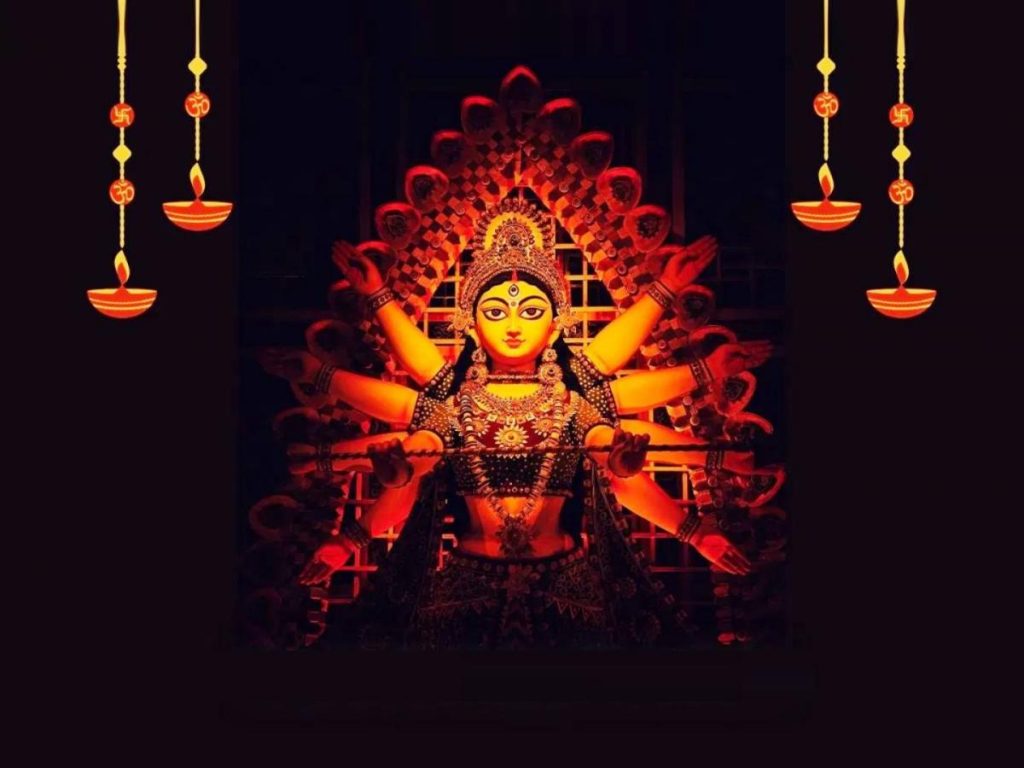 Ashadha Gupt Navratri 2025: Date, Time, Puja Vidhi, and Ritual Details
Ashadha Gupt Navratri 2025: Date, Time, Puja Vidhi, and Ritual Details -
 Why Akshay Tritiya 2025 is Perfect for New Beginnings: Date, Muhurat, Puja & More
Why Akshay Tritiya 2025 is Perfect for New Beginnings: Date, Muhurat, Puja & More -
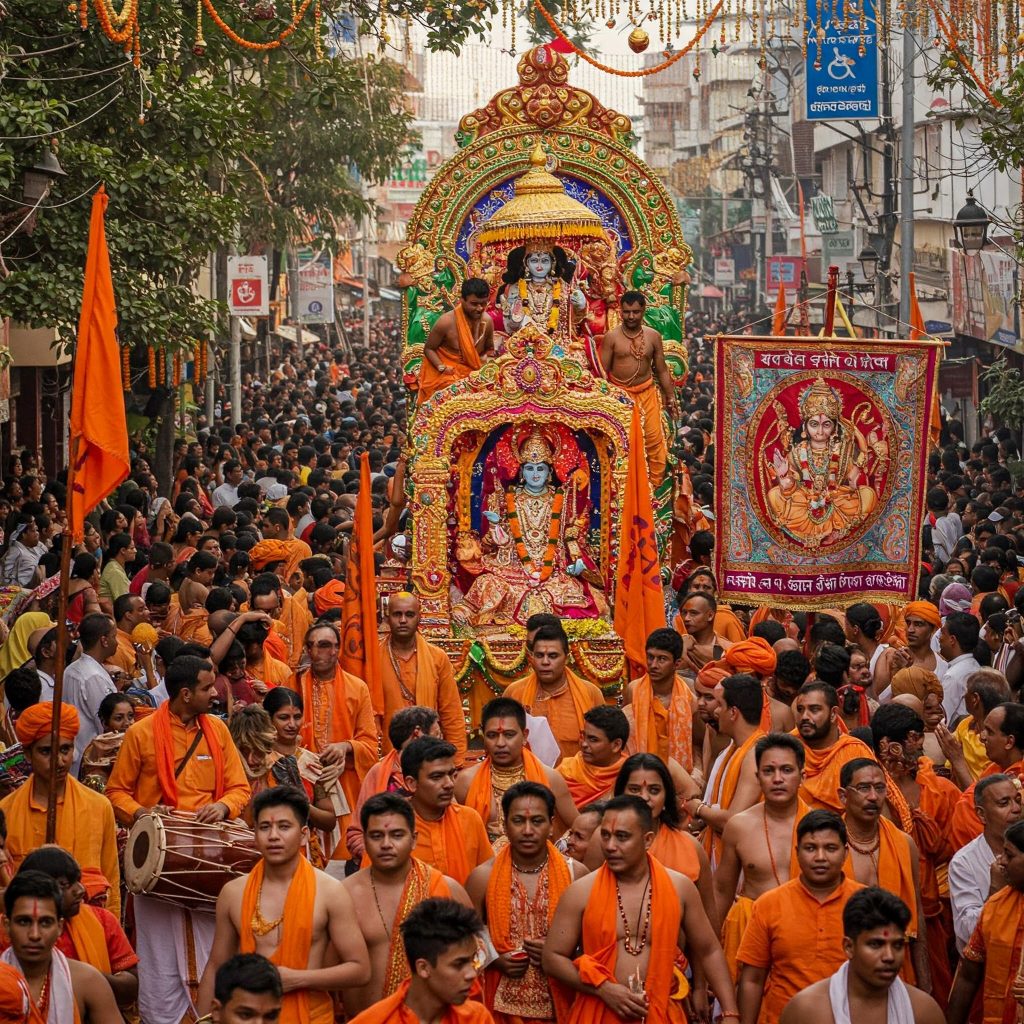 Ram Navami 2025: Why This Day is Special for Devotees of Lord Rama
Ram Navami 2025: Why This Day is Special for Devotees of Lord Rama -
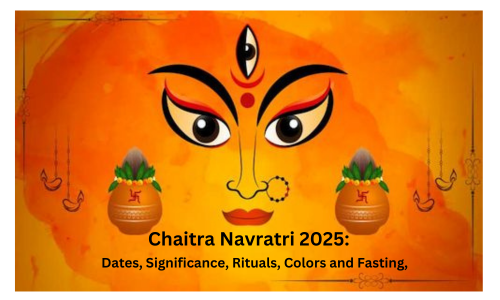 Celebrating Chaitra Navratri 2025: Dates, Significance, Rituals, Colors and Fasting
Celebrating Chaitra Navratri 2025: Dates, Significance, Rituals, Colors and Fasting -
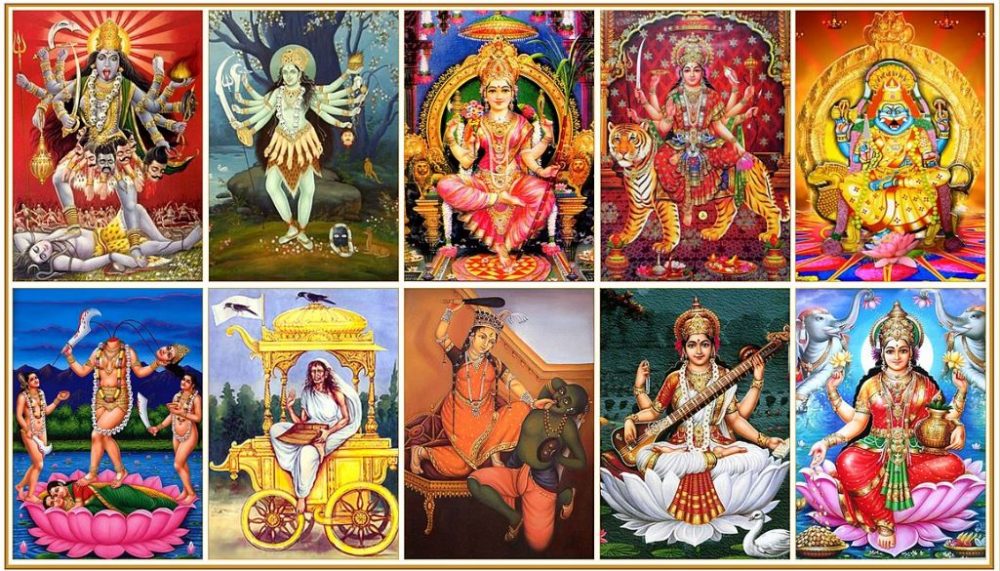 Introduction to 10 Mahavidya Name: The Great Wisdom Goddesses
Introduction to 10 Mahavidya Name: The Great Wisdom Goddesses -
 Chant Maa Baglamukhi 108 Names and Their Meaning for Strength and Victory
Chant Maa Baglamukhi 108 Names and Their Meaning for Strength and Victory -
 Why Should You Perform Navgrah Puja? Understanding Its Importance & Benefits
Why Should You Perform Navgrah Puja? Understanding Its Importance & Benefits -
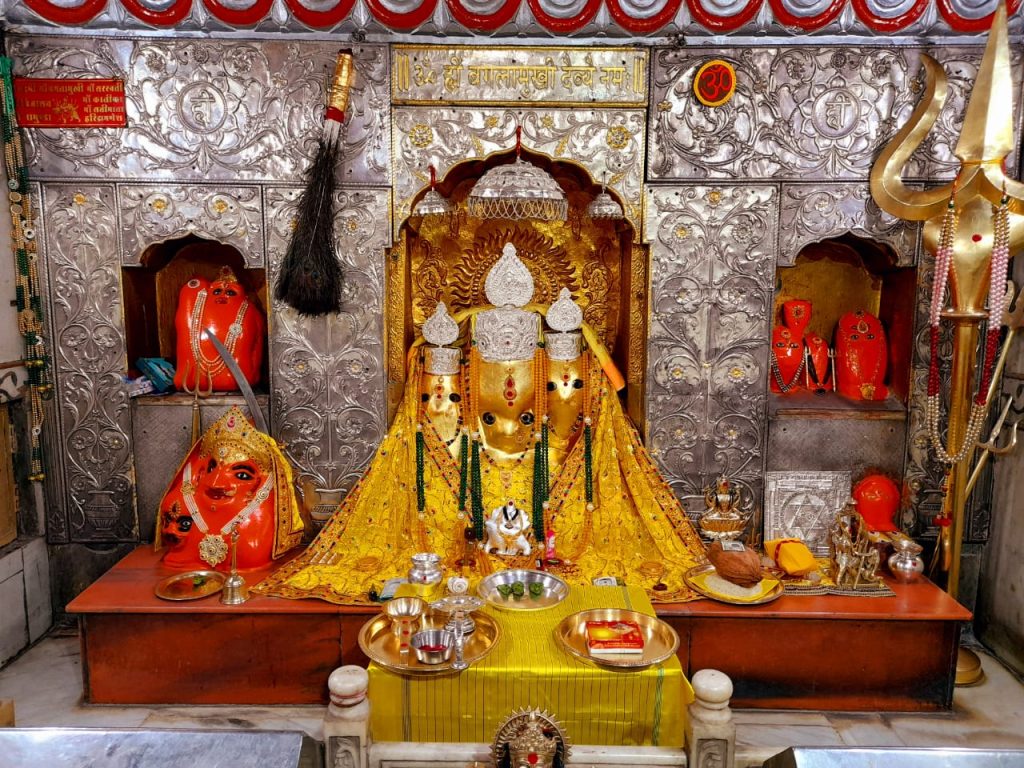 Maa Baglamukhi Aarti & Meaning of Maa Baglamhukhi
Maa Baglamukhi Aarti & Meaning of Maa Baglamhukhi -
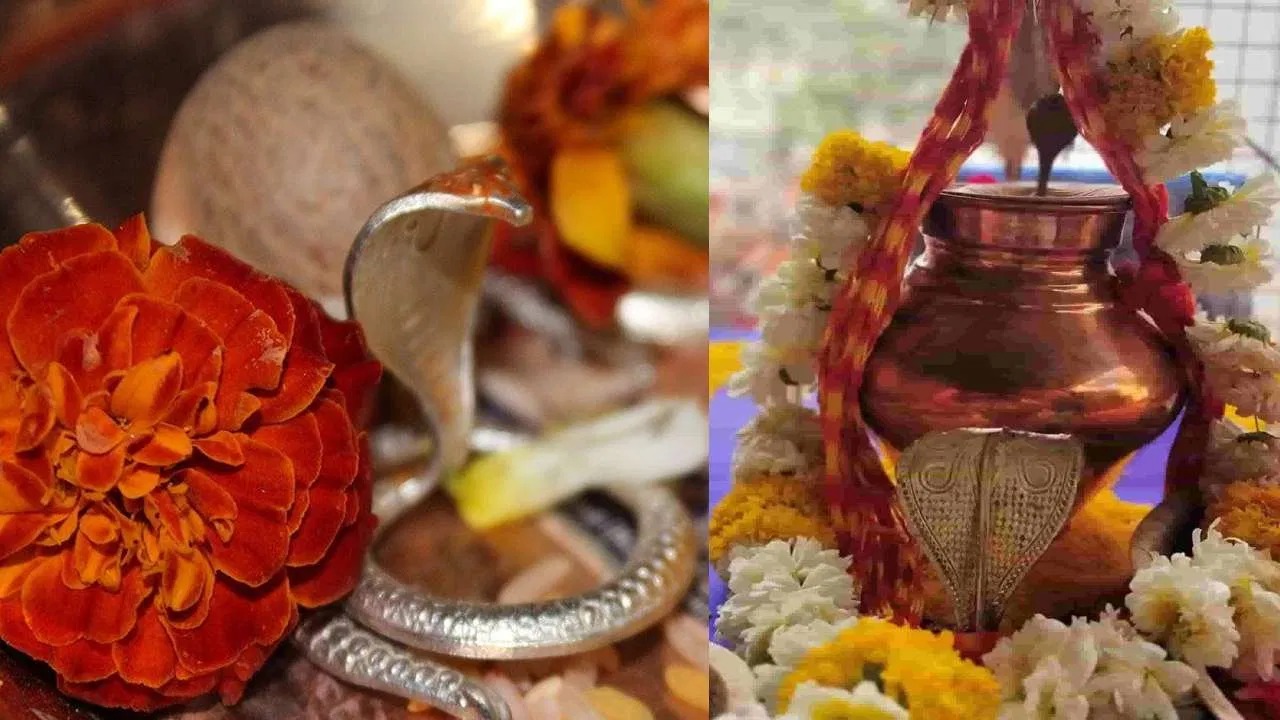 What is Kaal Sarp Dosh? Effects, and Remedies to Overcome It
What is Kaal Sarp Dosh? Effects, and Remedies to Overcome It -
 Maha Kumbh Mela 2025: A Festival of Faith and Culture
Maha Kumbh Mela 2025: A Festival of Faith and Culture
We're Here Help
Need assistance? We're here to help with support, guidance, and resources. Reach out to us anytime.
our poojas
Mangal Dosha Puja neutralizes malefic effects, resolves marital obstacles, and brings harmony and prosperity with Goddess Baglamukhi's blessings.

